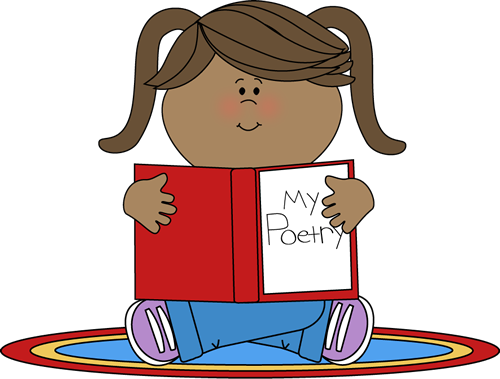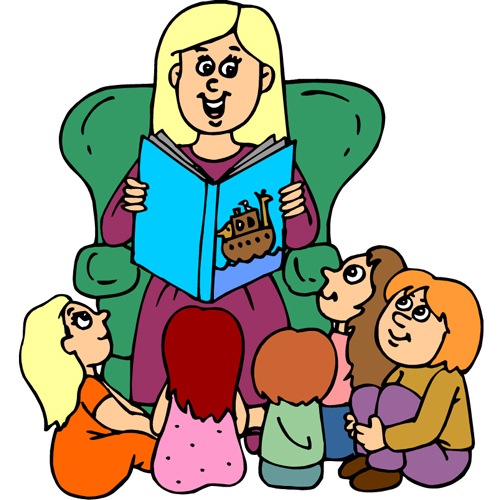1. Shared Reading: Video Segment
- On your Observational Checklist (PDF), note the Essential Components that are addressed during the first part of the shared reading activity. How does this activity engage students who are at different levels of literacy development?
The
essential components that were addressed during the first part of the shared
activity were the phonological awareness, word identification, and fluency of
the first part of the shared reading activity. The approach Ms. Perez took to
have students engaged who were different levels of literacy was the weekly
shared poem. The class was introduced to the Hot Dog Forever poem in which Ms.
Perez read aloud and then selected students to question them in her phonic
lesson. Having them distinguish or identify words and then have them sound out
the words with fluency was a great part of the lesson.
- During her explicit phonics lesson, how does Ms. Perez support students' problem-solving skills?
Ms.
Perez supports her students in problem-solving skills during her explicit
phonics lesson by pointing out the high-frequency words and building a word
wall. The high-frequency words she exposes her students goes by sounding the
“–ot” in a various examples. Having students be challenged when giving several
examples of “-ot” such as got, dot, and spot. The transition to following up
with the word wall goes without saying because students now are introduced to a
resource that helps overcome literate issues and open up various phonic
solutions.
- Based on what you saw in the video, what are the different ways that shared reading can be used to promote literacy?

Based
on what I saw in the video there were different ways that shared reading was
applied to promote literacy such as poems but poems and reading that grasp the
students interest. Ms. Perez had students engaged in the poem and then wrote
out examples that displayed other ways to approach the “-ot” sound.
2.
Guided Reading: Video Segment
Why
does she think it's important for students to verbalize their strategies? What
else do you notice about how she helps students build meaning in text?
Ms. Perez believes it is important
for students to verbalize their strategies because she believes by verbalizing
comes internalizing. Having students develop fluency, expand cite words, and
connections will help them relate words. This reading strategy was grand.
Another observation made that I observed was Ms. Perez’s sticky note on the
hard word strategy. The students seem worried but found out ways around it. The
idea of what makes sense and the students viewing the picture in the book
helped create connection. With one of her students saying at first “rain day”
and sounding it out loud but changing it to “rainy day” was truly a success.
3. Differentiated Instruction: Video Segments
How does Ms. Perez
organize her classroom to support a wide range of learners?
Ms. Perez organizes her classroom to
support a wide range of learners by having workstations for students, which
allows students to focus on their reading. The “making words activity” is built
in with the assistance of a student teacher that had students sound out words
and high-frequenting words.
How are reading and
writing connected in classroom activities?
Reading and writing are connected in a classroom activity through the introduction of note taking skills. Ms. Perez gave this example when she paired two well independent readers together on the idea of creating a book of bugs specifically spiders. This spider book was read collaboratively with the teacher because it was a third grade book but was able to be broken into information that students were to retain using their notes.
4. Assessment: Video Segment
How does Ms. Perez
use ongoing individual assessment to guide her instruction? How can the class
profile be used to help group students and differentiate instruction?
Ms. Perez uses an ongoing individual
assessment to guide her instruction by constructing a early individual reading
assessment with a child and then doing another one a few months later. This
later becomes charted in order to create a visual of where all her students
must be and where she needs to provide support. The class profile that is used
to help group students and differentiate instruction is the chart that helps
her find what reading have been done and where she can provide assistants in a
child’s needs.
How can ongoing
assessment be integrated into your own classroom practice?
Ongoing assessment will be
integrated into my own classroom practice when I transition into a teacher. I
would set a baseline where my students will work hard to show what skills need
help. My lessons would be each to work on them and as a teaching assistant I currently
work with ELL students in which we provide these skills of one-on-one. The
reading as a class and understanding the types of learners are what we have
been doing this week. Students were shown how to read a short story and then
draw what one of these learners would look like. I would certainly love to create
a safe haven of a classroom the way Ms. Perez did with her class constructing a
great learning environment.


